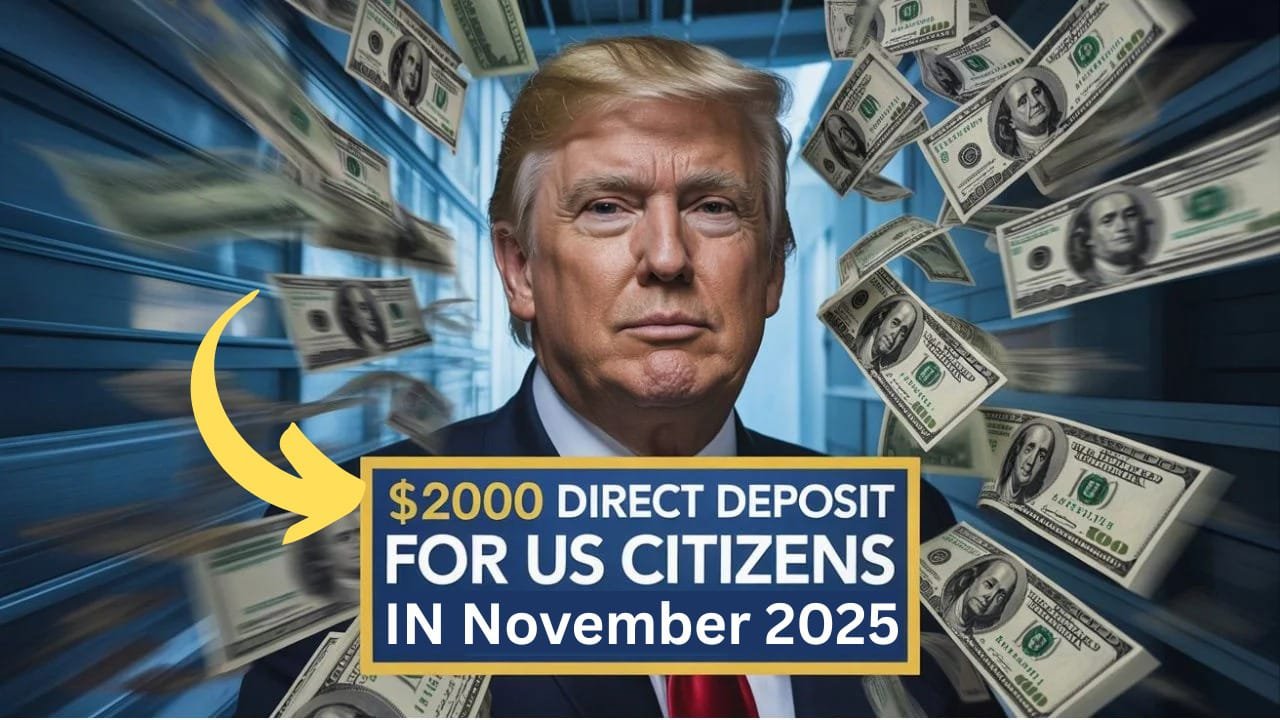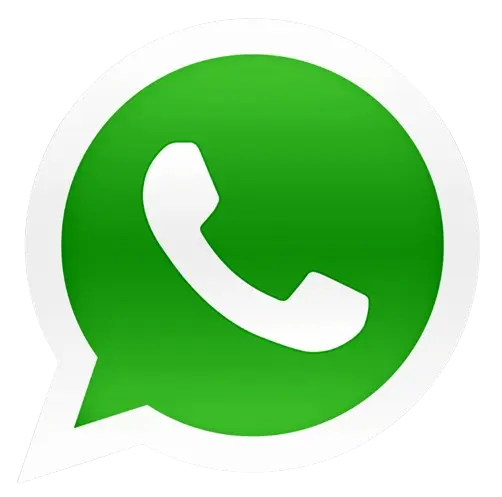$2,000 Direct Deposit:As the November 2025 deadline approaches, many Americans are hoping for financial relief amid rising living costs and continued economic uncertainty. For millions, this relief could come in the form of a $2,000 direct deposit from the federal government—a potential new round of assistance designed to help families, seniors, and low-income individuals manage essential expenses.
Here’s a detailed breakdown of what this $2,000 direct deposit means, who is eligible, when payments may be received, and how the IRS plans to distribute the funds.
$1,702 Stimulus Payment for Everyone – November 2025 Full Payment Schedule
What is a $2,000 Direct Deposit?
A $2,000 direct deposit is a financial relief initiative reportedly being considered by federal agencies to provide economic support to American citizens affected by ongoing inflation and high consumer prices. Although it is not officially called a “stimulus check,” it serves a similar purpose—giving Americans direct access to funds that can help cover necessities like rent, utilities, groceries, and healthcare.
The Internal Revenue Service (IRS) is expected to monitor the distribution of these payments and ensure that funds reach eligible recipients efficiently—whether through direct deposit, mailed check, or debit card.
This program could particularly benefit middle- and low-income individuals, as well as Social Security and veterans beneficiaries, who continue to face financial pressures into 2025.
Who is eligible for the $2,000 payment?
Eligibility is expected to be based on income, tax filing status, and federal benefit enrollment—just like previous relief programs. The following groups are likely to be eligible:
- Single taxpayers earning less than $75,000 per year.
- Married couples filing taxes jointly with a combined income of less than $150,000 per year.
- Household heads earning less than $112,500 per year.
- Social Security (SSI/SSDI), Veterans Affairs (VA), and low-income beneficiaries, even if they don’t file taxes in 2024.
Those with income above these limits may still receive a reduced payment, and the amount will decrease as income increases.
For citizens who haven’t filed taxes but receive Social Security or VA benefits, the IRS can use benefit records to determine eligibility and automatically issue payments.
When Will the Payments Be Sent?
According to early reports, the IRS is preparing to begin sending out the $2,000 direct deposits in mid-November 2025, following a phased schedule to ensure smooth processing and delivery.
Here’s what the tentative payment timeline looks like:
1. Direct Deposit Payments
-
First round: Expected between November 10 and November 15, 2025, for taxpayers who have updated bank details with the IRS.
-
Second round: November 18 to November 22, 2025, for Social Security and SSI beneficiaries.
-
Final round: By November 30, 2025, for remaining eligible individuals.
2. Paper Checks & EIP Debit Cards
-
Checks by mail: Likely to start shipping around November 25, with deliveries extending into early December 2025.
-
EIP debit cards: Expected to arrive during the last week of November for citizens without direct deposit information.
Delivery times may vary depending on postal service schedules and IRS processing capacity.
How Will You Receive a Direct Deposit of $2,000?
The IRS will automatically issue the payment based on your latest tax return or federal benefit record. You do not need to apply for this payment separately.
The payment will be sent as follows:
- Direct deposit: If you provided your information on your 2024 tax return, it will be sent directly to your bank account.
- Payment check: If you did not arrange for direct deposit, it will be mailed to your address on file.
- EIP debit card: A prepaid card for individuals who do not have active banking details.
If you have recently changed banks or moved, make sure your information is up-to-date on IRS.gov to avoid delays.
IRS Guidelines for Recipients
The IRS recommends all eligible citizens take the following steps to ensure a smooth and secure payment:
- File your 2024 tax return (if you haven’t already).
- Verify your direct deposit information when the “Get My Payment” tool reopens.
- Avoid fraud – The IRS does not contact taxpayers via text, email, or phone to collect personal data.
- Track your payment online using the IRS “Where’s My Refund” or the updated stimulus tracker.
- Check IRS.gov regularly for official updates, schedules, and frequently asked questions.
Why This Payment is Important
For many Americans, this $2,000 direct deposit could be a vital source of stability during these difficult times. With rising rents, grocery prices, and healthcare costs, these payments provide an opportunity to pay outstanding bills, save for emergencies, or find some relief during the holiday season.
More than just a financial measure, this is a show of support—a reminder that federal relief can still make a real difference in the lives of ordinary people.
FAQs
1. Is the $2,000 direct deposit confirmed?
As of October 2025, the program has not been officially confirmed, but discussions within the Treasury Department and Congress are ongoing, with strong support for additional relief before year-end.
2. Who qualifies for the payment?
Most taxpayers earning under $75,000 (single) or $150,000 (joint) are eligible, along with Social Security and VA beneficiaries.
3. Do I need to apply to get the payment?
No. The IRS will send payments automatically based on 2024 tax or benefit records.
4. Will this affect my Social Security or SSI benefits?
No. The $2,000 payment is not taxable and will not reduce your existing benefits.
5. How can I check my payment status?
The IRS will update its online tracking tool once disbursements begin. You’ll be able to see your payment date and method of delivery there.

